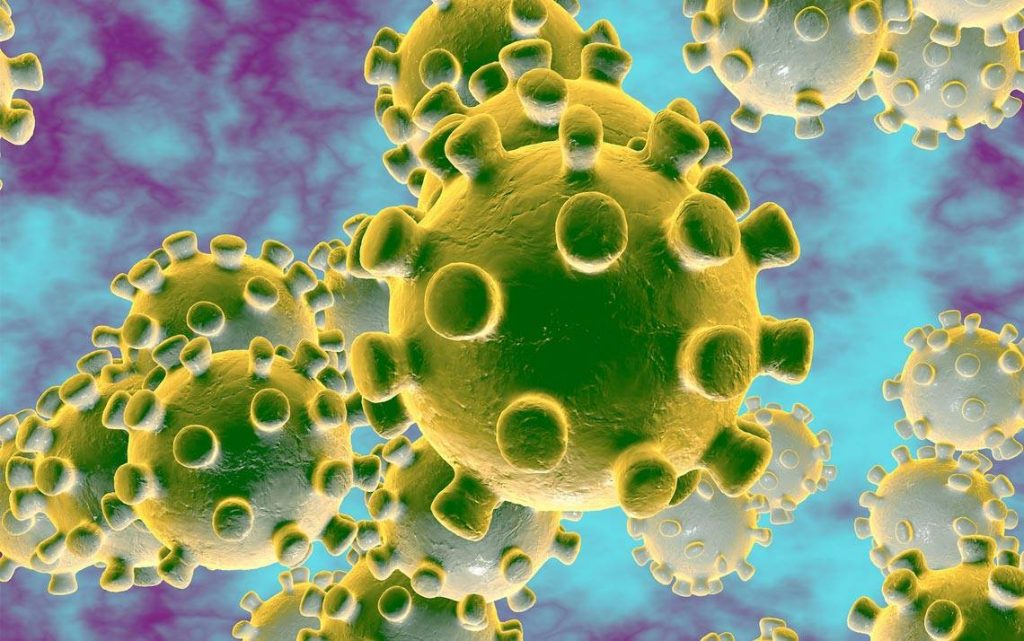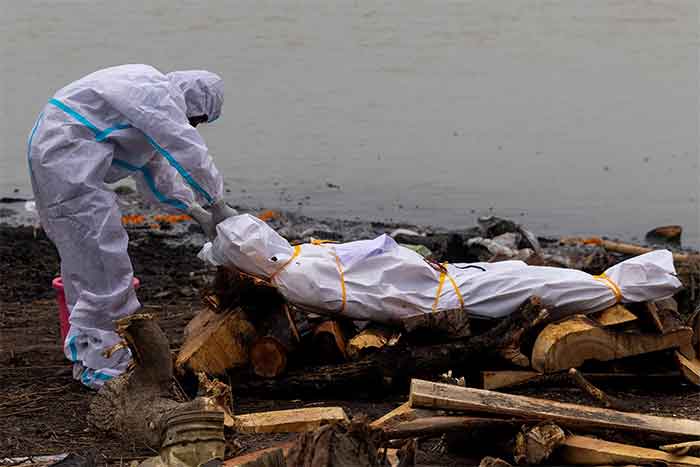
Coronaviruses (CoV) are a large family of viruses that cause illness ranging from the common cold to more severe diseases such as Middle East Respiratory Syndrome (MERS-CoV) and Severe Acute Respiratory Syndrome (SARS-CoV). COVID-19 is a new strain that was discovered in 2019 and has not been previously identified in humans. These are zoonotic, meaning they are transmitted between animals and people. Investigations found that SARS-CoV was transmitted from civet cats to humans and MERS-CoV from dromedary camels to humans. Several known coronaviruses are circulating in animals that have not yet infected humans. Common signs of infection include respiratory symptoms, fever, cough, shortness of breath and breathing difficulties. In more severe cases, the infection can cause pneumonia, severe acute respiratory syndrome, kidney failure, and even death (WHO). The WHO declares the COVID-19 a pandemic disease and covers the entire world, many agencies whether government or private institutions are researching to control or provide information about this deadly virus. Many sources are providing information about the disease, but the question is whether the information is true or the authenticated or the sources are real. In that situation, we need real and authenticated information to control uncertainty, wrong, and misinformation. Many sources provide information such as electronic media, print media social media, etc. but the authenticated one is where the information is stored and is available for users.
Libraries are called the information centers, and librarians are information providers. A Library has to serve as an information center. Information providers can provide information about any emergency, disaster, etc. Libraries are being designated as an essential information source of any institution or organization and have focused on the role of libraries that we can serve during emergencies. Most of the attention has gone to the medical institutions, natural weather and human disaster as opposed to a widespread disease outbreak, but the libraries and librarians can do an impressive job to give the right information. The biggest role of libraries can play in a national response to the emerging COVID-19 threat is as information specialists. All the national disease control centers of the countries are being updated on their sites constantly (websites). One of the biggest roles that libraries can fill in the national response to COVID-19 is that of information literacy specialists who can locate, gather and evaluate the information and Libraries have places to go for help. We can see another source of misunderstanding around medical terminology in debates about how the Coronavirus spreads. The word “airborne” is the issue.
The present understanding of the Coronavirus is that it spreads through droplets that can be released through coughing or sneezing and then travel through the air. The droplets are “airborne” in that way they travel through the air and then land on something or someone. It is not thought that the virus is “airborne” in the sense that it is spread about through air circulation. Yet the very word is confusing and leads to reactions like the panic buying of masks and much more misinformation is spreading throughout the world.
Libraries can help inform clients about transmission risk and give a rational definition. The African Library and Information Association & Institutes and New York Public Library have published some instructions and suggestions to libraries and librarians on their websites about the COVID-19.
Library staff can localize plans now to reach out to the country’s public health sector to see if there is anything you can do to assist their efforts. Collect information from the reliable and right sources that are simply understood by clients. Disseminate awareness of disinformation using neutral. Be very careful about the dangers of disinformation from open-sources like social media or from single-topic sources that support confirmation bias. Also, be careful about the explicit design messages being unintentionally transmitted. Help clients to recognize the medical vocabulary being used. Widespread has a precise and little approach in terms of epidemiology. When a doctor at the health center uses the word, it may indicate something different from what the news reports or what the reader understands. Coordinate with public health sources on local implementation. Proper handwashing is the best defense and is a good idea at all times.
As librarians, we owe it as a duty to make accessible all relevant information about this disease in all shapes and forms for the benefit and protection of our users and communities, without causing undue panic. Further, Librarians can show typical preventative procedures by Providing hand-washing facilities at the entrance to the library. Conducting demos of how to properly wash in-between fingers and under the nails hands from elbows down to the fingers. Providing disposable nose masks, where possible, to all library users or those that cough, sneeze or have a running nose in the reading rooms/halls.
Tawseef Ahmad Sheikh is a student of Master of Library and Information Science at Central University of Gujarat.
SIGN UP FOR COUNTERCURRENTS DAILY NEWS LETTER

















































